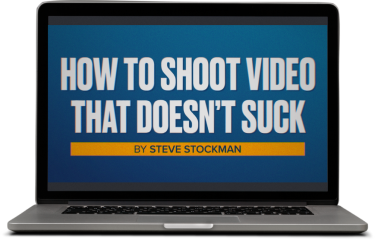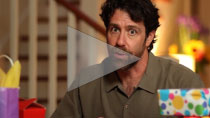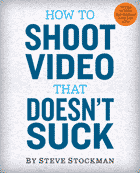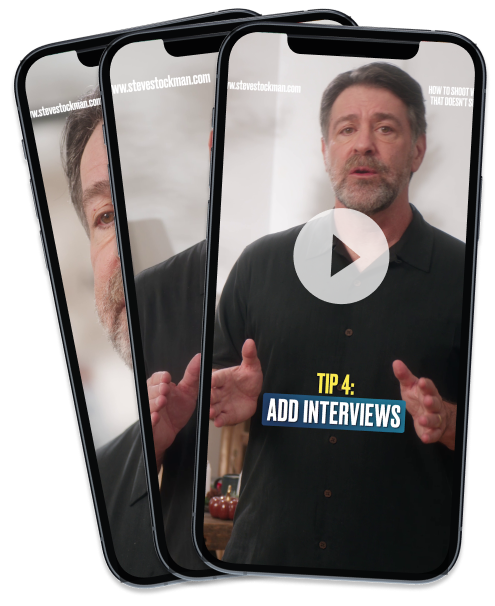I’m new to video recording/ photography and just bought your book…ITS GREAT!
How would you shoot a live amateur boxing event if there is only one videographer and his DSLR? I read that you should not keep the camera continuously recording the whole time. Should I record 5-10 sec of footage…stop and move to another position, then hit record again? Or should I keep recording as I’m moving to another position so I don’t miss anything important during the move– like, say, the knockout!
–Eric Hernandez
Thanks for reading the book, Eric. Shameless flattery will get you nowhere, if you consider the top of my “must answer” file as nowhere.
As a novice shooter, you should re-read this post about the rules of video. Spoiler alert: there aren’t any. The answer to how you shoot is embedded in this bigger question: Why are you shooting? Here are three ways you might answer that:
If you’re shooting a kind of training film so that your friend can review his punches later– or her punches, I don’t want to be sexist— you need to shoot it all. Let the camera run non-stop.
But if you’re making a film to share with anyone who was not in the ring, you’ll need to make it watchable.
In these 20-teens, almost nobody who has a DSLR has only one camera. Most of us have an entire camera crew in our back pockets. If you too have a smartphone, put it to work as a second camera. Put your phone on a tripod (or a chair, or stick it to a wall with earthquake putty) for a static wide shot of the ring. Operate your DSLR, recording continuously and moving occasionally for different angles. Multiple angles from the DSLR will cut nicely with each other and your static smartphone wide shot for a fast-moving summary of the fight.
It’s when you’re not planning to edit later AND you’re trying to make a short, watchable video that you need to make some sacrifices. Editing “in camera” (i.e. not editing at all) involves shooting a short shot, stopping, moving somewhere else interesting, and shooting another short shot. You will definitely miss some stuff.
Editing in camera works great– but only if your video isn’t about covering the match. Instead, tell a story about your friend’s first match, or the trauma of loss, or the pomp and ceremony of amateur boxing. In short, tell any story that doesn’t require you to catch the key knockout moment. Given that there’s a chance you won’t.

Get a free preview of the new video course!
Sample two lessons from our new video course free right now. No signup or credit card required!










 Steve Stockman is a writer/ producer/ director in Los Angeles. How to Shoot Video That Doesn't Suck, available in 9 languages, is the best selling video how-to book in the world. You can find the updated edition from Workman Publishing wherever you get books, ebooks or audiobooks.
Steve Stockman is a writer/ producer/ director in Los Angeles. How to Shoot Video That Doesn't Suck, available in 9 languages, is the best selling video how-to book in the world. You can find the updated edition from Workman Publishing wherever you get books, ebooks or audiobooks. 
